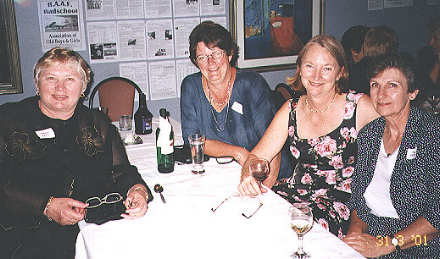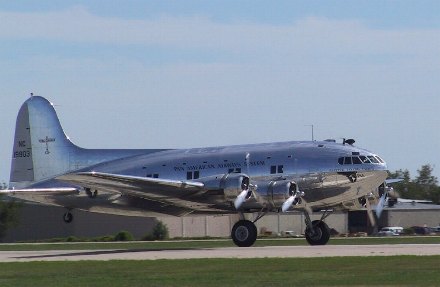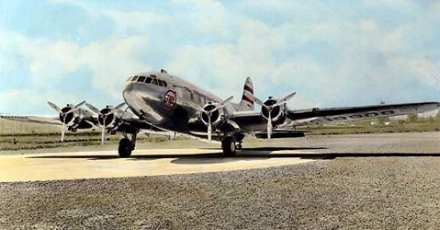 |
Radschool Association Magazine - Vol 11
Next reunion 25-27 April 2003 |
31 July 2002 |
|
Page 15 |
 |
|
 |
| Some of the girls that went along to the reunion in March 2000, and helped make the evening such an enjoyable event. They are: L-R Glenda Venn, Jane George, Marg Mayhew and Dianne Vickers. See you next year girls ...... |
The way it was
On the 28 March 2002 the last airworthy Boeing 307 Stratoliner crashed short of the runway at a place called Elliot Bay in the USA. It had recently been restored to its original condition and was being flown so the crew could practice takeoffs and landings and shake out any mechanical problems.
It flew to Everett-Paine Field and on takeoff there, the No. 3 engine surged briefly. It returned to normal, but the pilots decided to abort the rest of the practice and return to Boeing Field. On approach it appeared that the left-main gear had not locked down, so the approach was aborted and the plane circled while the flight engineer manually cranked down the wheel.
The pilot then resumed the approach when the No. 3 engine again sputtered and lost power. Shortly afterwards the other three engines failed as well. (Fuel tanks full of air-perhaps). The pilot then ditched the aircraft in Elliott Bay, just offshore. The day after the accident, the aircraft was lifted from the water, however, it is uncertain if the plane will be restored to flying condition again.
The 307, which first flew in 1938 was the world’s first high-altitude commercial transport, the first four-engine airliner to enter scheduled domestic service and at the time set new standards for speed and comfort. It was based on the B17 bomber and its pressurized cabin allowed it to cruise at 20,000ft, higher than any other air transport of its time.
Its circular fuselage provided maximum space for the five crew members and 33 passengers, and the nearly 12-foot-wide cabin had space for comfortable berths for overnight travelers.
The Stratoliner, which was a tail dragger, was the first aircraft to have a flight engineer as a member of the crew, with the engineer being responsible for maintaining power settings, pressurization levels and other subsystems which left the pilot free to concentrate on stuff like flying and landing the aeroplane.
Only 10 were built, with production stopped at the onset of WW11. For the tech heads, it had a maximum speed of 395Kph, would cruise at 350Kph, had a ceiling of 26,000 ft and could carry 38 people over a range of 3,846 klms.
|
Page 15 |
 |
Page 2 3 4 5 6 7 8 9 10 11 12 13 14 15 16 17 18 19 20
Copyright © 2002 Radschool Association
|




